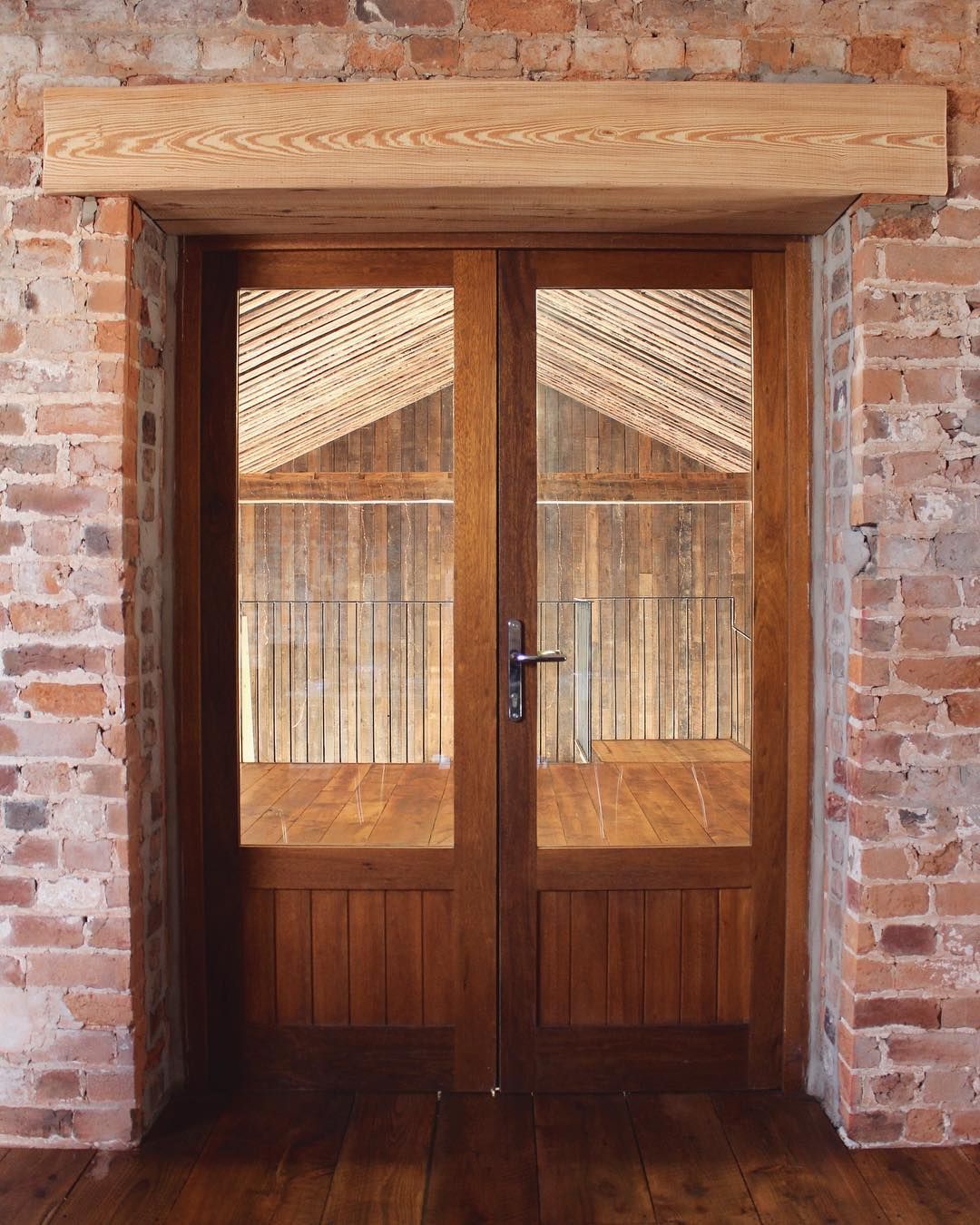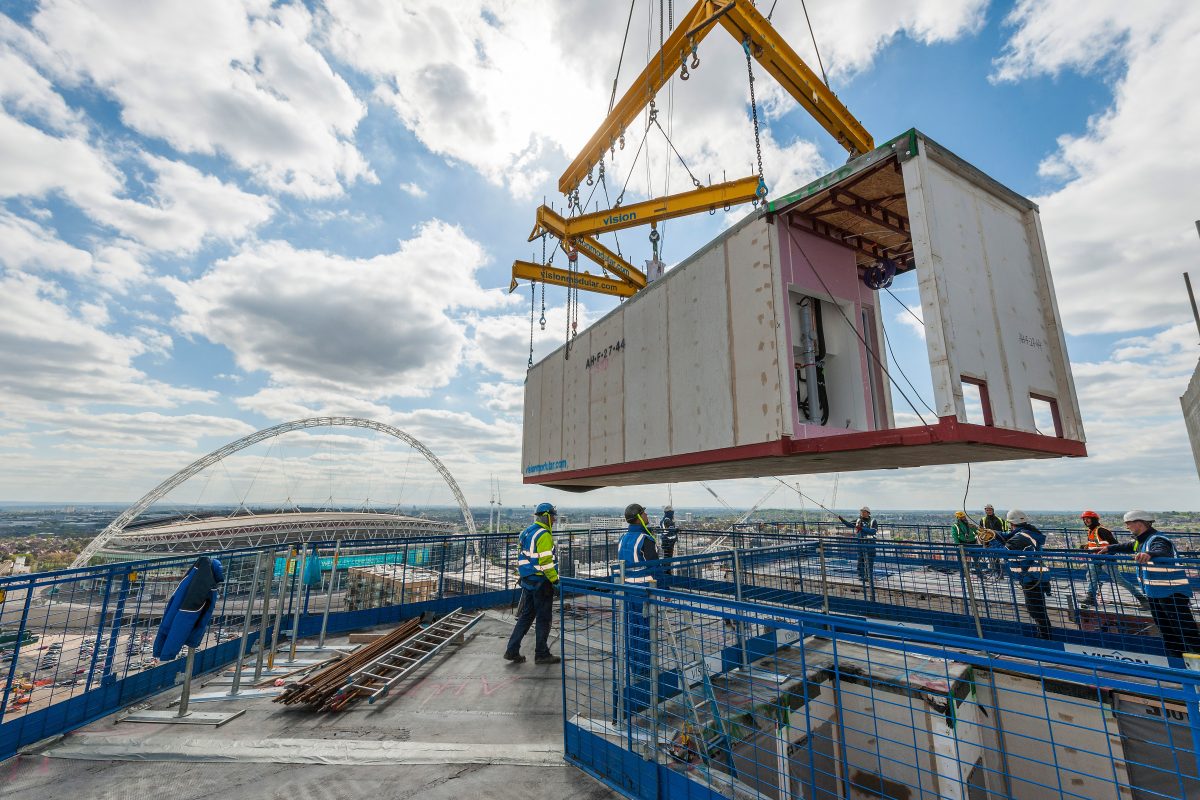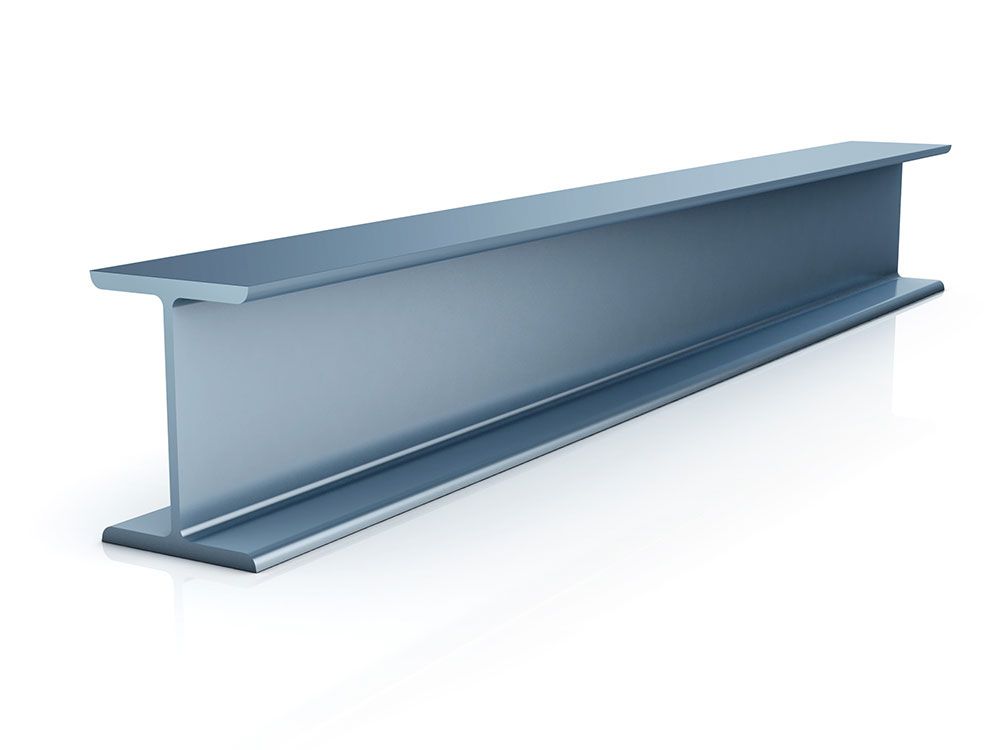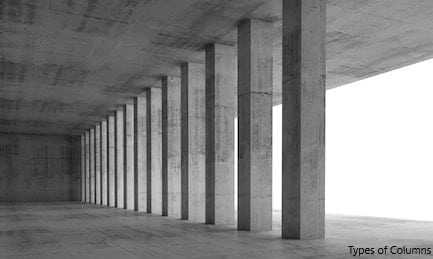In the realm of architecture and engineering, the evolution of structural design is relentless, spurred by technological advancements, environmental concerns, and shifting societal needs. This article is about the emerging trends in structural design such as transformative trends, exploring their implications and potential to redefine the way we conceive and construct buildings and infrastructure.
As we embark on the precipice of a new era, several emerging trends are reshaping the landscape of structural design, promising innovation, sustainability, and efficiency. Let’s discuss each trend in detail.
Artificial Intelligence and Machine Learning
Artificial intelligence (AI) and machine learning (ML) are revolutionizing the field of structural design by enabling engineers to harness the power of data-driven insights and predictive analytics. By leveraging vast datasets, AI algorithms can analyze complex patterns, optimize design parameters, and generate innovative solutions that meet performance requirements and regulatory constraints.
From automated structural analysis and optimization to predictive maintenance and risk assessment, AI-powered tools streamline the design process, enhance decision-making, and accelerate innovation in structural engineering.
a) Generative Design:
Generative design algorithms, powered by AI and ML, enable designers to explore a multitude of design options and identify optimal solutions based on predefined objectives and constraints.
By iteratively generating and evaluating design alternatives, generative design tools facilitate the discovery of novel solutions that maximize performance while minimizing material usage and construction costs.
From conceptual design to detailed engineering, generative design empowers designers to unlock new possibilities and push the boundaries of creativity in structural engineering.
b) Structural Analysis and Simulation:
AI-driven structural analysis and simulation tools offer advanced capabilities for predicting the behavior and performance of complex structures under various loading conditions.
By incorporating machine learning algorithms, these tools can learn from historical data, identify patterns, and extrapolate insights to improve the accuracy and efficiency of structural analysis.
From finite element analysis (FEA) to computational fluid dynamics (CFD), AI-powered simulation enables engineers to optimize structural designs, mitigate risks, and ensure compliance with safety standards and regulatory requirements.
c) Structural Health Monitoring:
AI-based structural health monitoring (SHM) systems utilize sensors, IoT devices, and machine learning algorithms to continuously monitor the condition and performance of buildings and infrastructure assets.
By analyzing real-time sensor data, these systems can detect anomalies, identify potential defects, and predict structural failures before they occur.
From detecting cracks and corrosion in bridges to monitoring vibrations and deformations in high-rise buildings, AI-powered SHM systems enhance safety, reliability, and resilience of critical infrastructure assets.
d) Design Optimization and Decision Support:
AI-driven optimization algorithms provide engineers with powerful tools for exploring vast design spaces, identifying optimal solutions, and making informed decisions throughout the design process.
By integrating AI into design optimization workflows, engineers can automate tedious tasks, accelerate convergence to optimal solutions, and explore trade-offs between conflicting objectives. From structural layout optimization to material selection and cost estimation, AI-powered decision support systems enable designers to achieve better-performing, more efficient, and cost-effective structural designs.
Parametric Design and Generative Algorithms
Parametric design, powered by generative algorithms and computational tools, is revolutionizing the way architects and engineers approach structural design.
By establishing relationships between various design parameters, such as form, material properties, and environmental factors, parametric design enables the creation of complex, organic structures optimized for performance and efficiency.
Through iterative processes of exploration and optimization, designers can generate innovative solutions that push the boundaries of conventional design methodologies.
Additive Manufacturing and 3D Printing
The advent of additive manufacturing and 3D printing technologies is unlocking new possibilities in structural design, offering unprecedented freedom in form and material utilization.
From intricate architectural elements to entire building components, additive manufacturing enables the fabrication of custom-designed structures with reduced material waste and construction time.
By leveraging advanced materials and robotic fabrication processes, designers can create lightweight, high-performance structures that are tailored to specific functional and aesthetic requirements.
Sustainable Design and Biomorphic Architecture
In response to growing environmental concerns, sustainable design practices are gaining traction within the field of structural engineering.
Biomorphic architecture, inspired by natural forms and processes, emphasizes the integration of biological principles into building design to enhance sustainability and resilience. By mimicking the efficiency and adaptability of natural systems, designers can optimize resource utilization, improve energy efficiency, and mitigate the environmental impact of construction projects.
From biomimetic facades to green roofs and living walls, biomorphic architecture embodies a holistic approach to sustainable design, fostering harmony between the built environment and the natural world.
Adaptive and Responsive Structures
The concept of adaptive and responsive structures is redefining the notion of static architecture, enabling buildings to dynamically adjust their form and performance in response to changing environmental conditions. This area will be emerging trends in structural design in the future.
Utilizing smart materials, sensors, and actuators, adaptive structures can autonomously adapt their shape, stiffness, and other properties to optimize energy efficiency, occupant comfort, and structural integrity.
From kinetic facades that modulate sunlight exposure to shape-shifting roofs that respond to wind loads, adaptive structures represent a paradigm shift towards dynamic, interactive architecture that seamlessly integrates with its surroundings.
Digital Twin Technology and Structural Health Monitoring
Digital twin technology, coupled with advanced sensors and predictive analytics, is revolutionizing the way we monitor and manage the performance of structures throughout their lifecycle.
By creating virtual replicas of physical assets, engineers can simulate real-time behavior, diagnose structural issues, and optimize maintenance strategies to prolong the lifespan of buildings and infrastructure.
Through continuous monitoring and data-driven insights, digital twins empower stakeholders to make informed decisions, enhance operational efficiency, and ensure the long-term resilience of built environments.
Mass Timber Construction and Timber Engineering
The resurgence of timber as a primary construction material is revolutionizing the way we build tall structures and urban developments. When it comes to the sustainable construction, use of the timber for the construction emerging trends in structural design in a way it does not affect to the environment.

Mass timber construction techniques, such as cross-laminated timber (CLT) and glued-laminated timber (glulam), offer a sustainable alternative to traditional materials like concrete and steel, with lower embodied carbon and faster construction times.
Timber engineering combines advanced computational tools with traditional craftsmanship to optimize the structural performance of timber buildings, enabling architects to push the boundaries of design while meeting stringent safety and regulatory standards.
Resilient Design and Disaster Mitigation
In an era marked by increasing climate volatility and natural disasters, resilient design principles are becoming integral to the fabric of structural engineering.
By incorporating strategies such as passive survivability, redundant systems, and adaptive reuse, designers can enhance the resilience of buildings and infrastructure to withstand a wide range of hazards, from hurricanes and earthquakes to floods and wildfires.
Through interdisciplinary collaboration and holistic risk assessment, resilient design seeks to minimize vulnerability and ensure the continuity of essential services in the face of adversity.
Urbanization and Vertical Urbanism
Rapid urbanization is driving the demand for innovative approaches to vertical living and urban densification.
Vertical urbanism encompasses a spectrum of design strategies, from high-rise towers to mixed-use developments, that maximize spatial efficiency and connectivity within dense urban environments.
By integrating public amenities, green spaces, and transportation infrastructure vertically, designers can create vibrant, sustainable communities that promote social interaction, economic vitality, and environmental stewardship.
From vertical forests to sky bridges and aerial parks, vertical urbanism offers a compelling vision for the future of urban living in an increasingly crowded world.
Modular and Prefabricated Construction
Modular and prefabricated construction methods are revolutionizing the way buildings are designed, fabricated, and assembled, offering benefits such as cost efficiency, quality control, and accelerated construction schedules. This becoming one of the emerging trends in structural design.

By standardizing building components and leveraging off-site fabrication techniques, modular construction streamlines the construction process and minimizes disruptions to surrounding communities.
From modular housing units to prefabricated healthcare facilities and educational buildings, modular construction exemplifies a flexible and scalable approach to meeting the diverse needs of rapidly evolving societies.
Human-Centric Design and Wellness Architecture
In an age characterized by increasing urbanization and digital connectivity, human-centric design principles are gaining prominence within the field of structural engineering.
Wellness architecture prioritizes the health, comfort, and well-being of building occupants, integrating features such as natural daylighting, indoor air quality management, and biophilic design elements. By creating environments that foster physical, mental, and emotional wellness, designers can enhance productivity, creativity, and overall quality of life for occupants.
From wellness-focused office buildings to healing environments in healthcare facilities, wellness architecture exemplifies a holistic approach to designing spaces that support human flourishing in an urbanized world.


